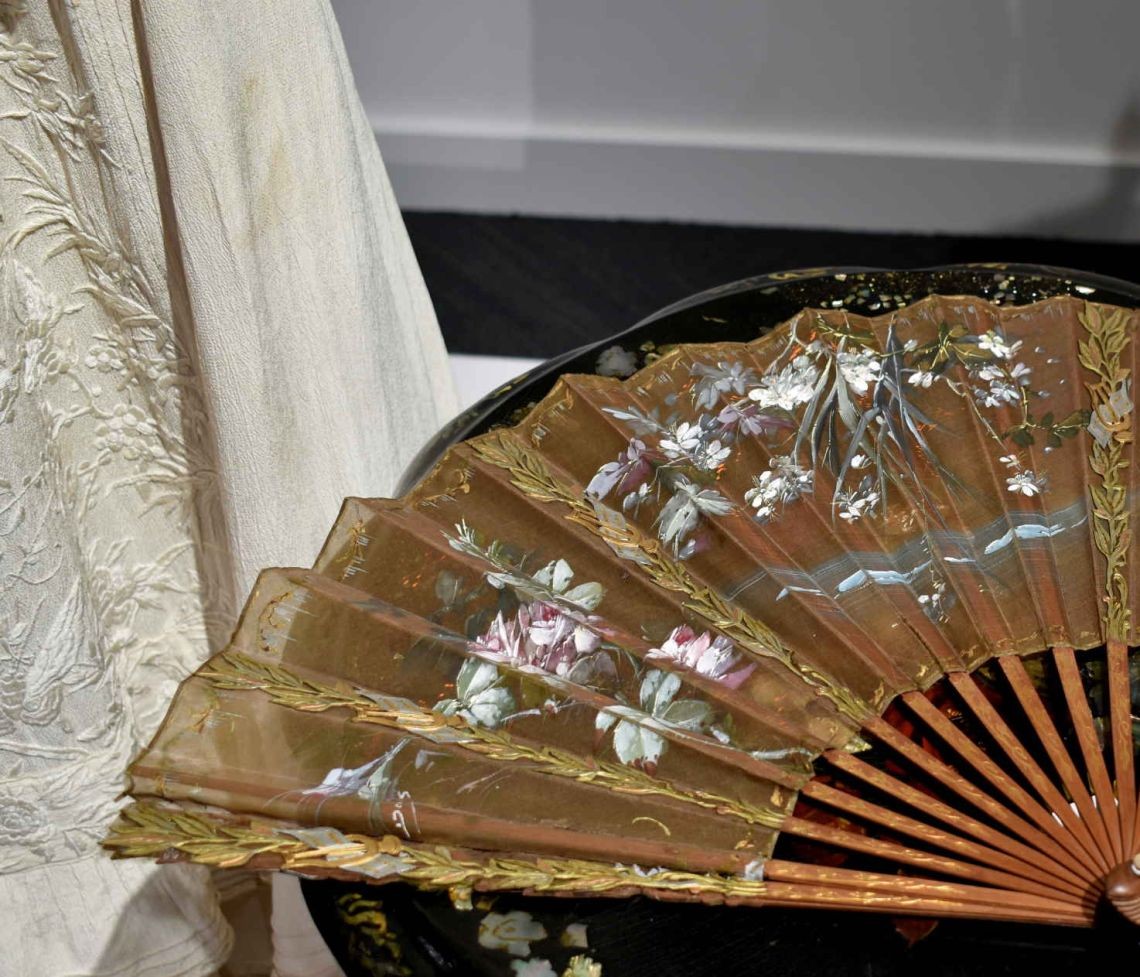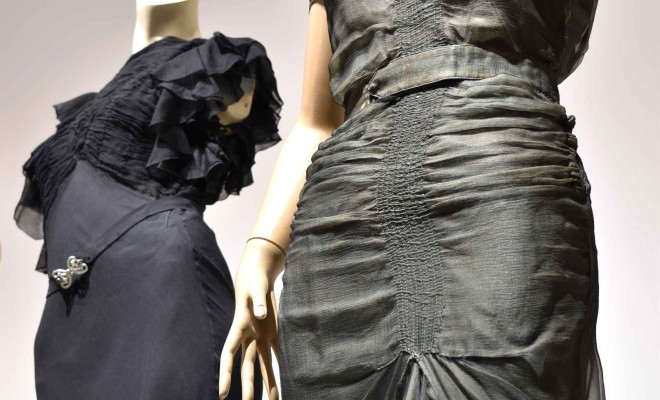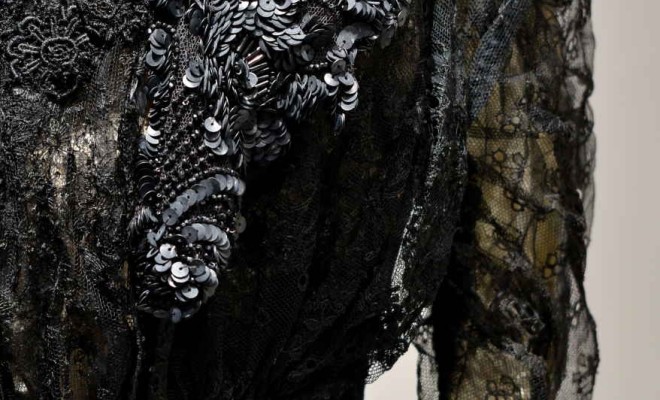With the death of Queen Victoria and the ascension of King Edward VII, a new mood was set throughout the western world. Edward VII was a very different kind of monarch from his predecessor: a fun-loving, gambling man with a reputation as a playboy.
This freer mood found its way into the fashions of the time, with women’s clothing gradually becoming less restrictive. The ‘health corset’ was a more comfortable choice than traditional boned corsets, and became vastly more popular in the early years of the 20th century. In 1906, fashion designer Paul Poirot famously ‘abolished’ corsets entirely. Naturally many women continued to wear them by choice, but a more natural body shape was finally acceptable and fashionable.
Freedom to move in one’s clothes became a lot more important with the outbreak of World War I. Women needed to be able to take on active, working roles to support the war effort or to replace the fighting men. Skirts became shorter, and some women even began wearing trousers.
After the war, an economic boom meant that women able to purchase more consumer goods, and to go out drinking and dancing. The aesthetics of youth and freedom reigned supreme. Bustiers were worn to flatten the chest, and dresses were loose and straight, giving women a youthful or boyish silhouette.
But the fun times didn’t last, with the Great Depression hitting in 1929. Most women had to make their old clothes last longer, mending and recycling and refashioning. Looking young got old, and a more mature figure was now desirable: curves were back. The 1930s saw the return of small waists, sensuous hips, and wide shoulders.





